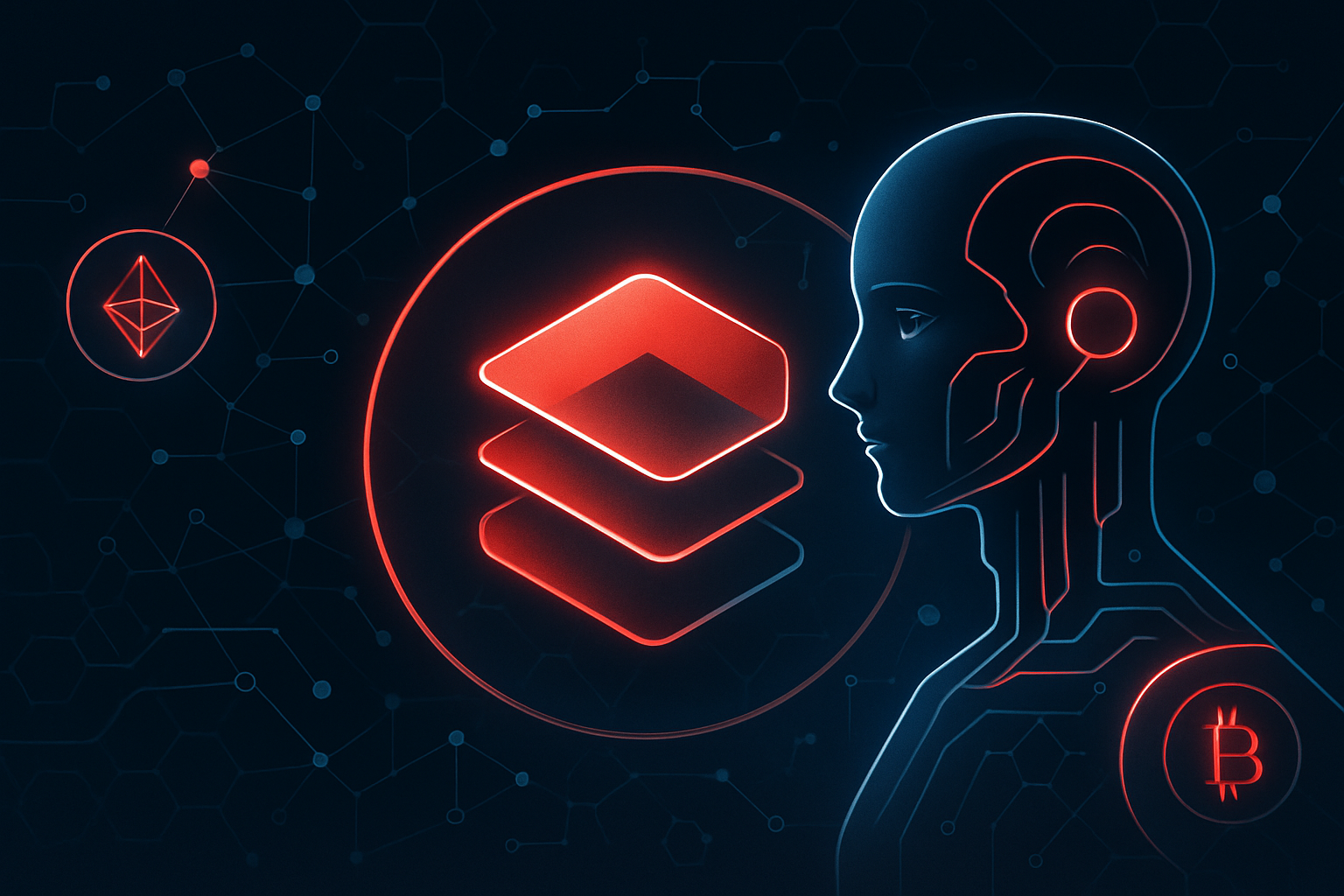
As the Web3 ecosystem matures, the need for verifiable compute has become paramount, especially with the rise of autonomous AI agents that must act independently, execute complex logic, and interact with on-chain assets. In this rapidly evolving landscape, EigenLayer is emerging as a foundational protocol that bridges cryptoeconomic security with scalable, trustless computation for AI-driven applications. This article explores how EigenLayer’s restaking architecture and its offshoots like EigenCloud and EigenCompute are powering the next generation of verifiable AI agents in Web3.
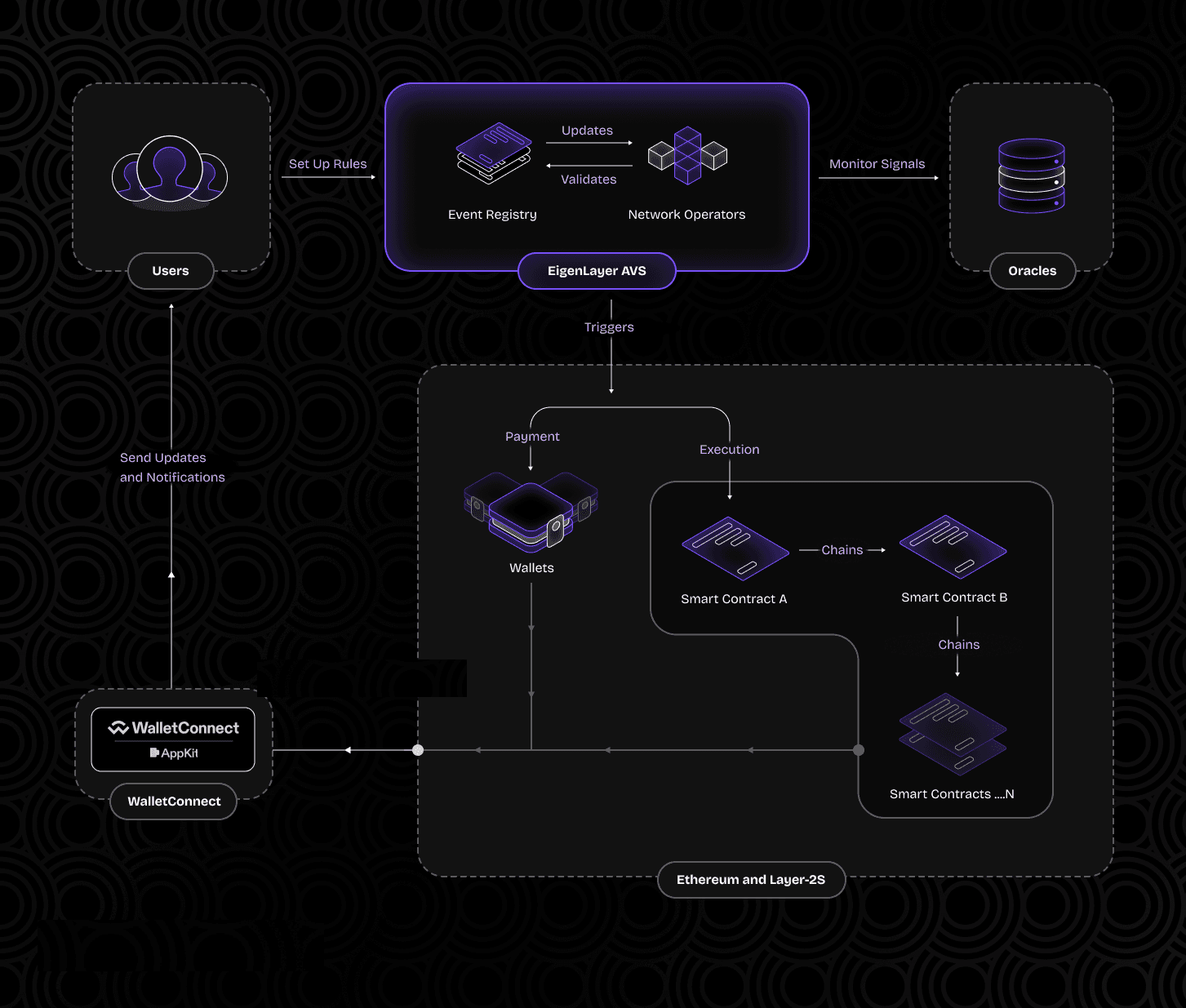
The Trust Gap: Why Verifiable Compute Matters for Autonomous AI Agents
AI agents are increasingly being tasked with high-stakes operations in decentralized finance, NFT marketplaces, and autonomous organizations. Unlike traditional software bots, these agents must operate transparently and provably, users need assurance that an agent’s decisions are both correct and free from manipulation or hallucination. The challenge is twofold:
- On-chain smart contracts provide strong guarantees but are limited in computational scope due to gas costs and execution constraints.
- Offchain compute, while expressive and scalable, lacks inherent trust unless its results can be cryptographically verified on-chain.
This is where EigenLayer’s model becomes transformative. By leveraging Ethereum’s existing validator set through restaking, EigenLayer extends cryptoeconomic security to new classes of services, most notably Autonomous Verifiable Services (AVSs). These AVSs include verifiable compute platforms such as EigenCompute, which allow developers to run complex agent logic offchain while anchoring trust back to Ethereum.
How EigenLayer Restaking Powers Verifiable Compute at Scale
The core innovation behind EigenLayer is its restaking mechanism. Users can stake ETH or various ERC20 tokens into EigenLayer contracts, empowering a network of operators (validators) who secure AVSs by performing validation tasks. These operators are economically incentivized to behave honestly via slashing conditions tied directly to their staked assets.
This architecture enables platforms like EigenCloud and EigenCompute to run intensive AI workloads outside of Ethereum’s base layer while maintaining end-to-end verifiability:
- Trusted Execution Environments (TEEs): Agents execute in secure enclaves that generate cryptographic proofs (attestations) about their actions.
- Restaked Operator Validation: Proofs from TEEs are verified by a decentralized set of restaked validators on EigenLayer.
- On-chain Anchoring: Results can be posted back on-chain for transparency, dispute resolution, or further composability within DeFi protocols.
This layered approach ensures that even if agent logic runs offchain or across multiple clouds, users retain confidence in the correctness and provenance of each action, a breakthrough for the autonomous AI agent economy.
The Rise of Verifiable Agent Workflows: Real-World Integrations
The impact of this verifiability stack is already being felt across multiple sectors:
- Ava Protocol: Enables secure execution of agent-triggered workflows by validating both on-chain and offchain conditions using EigenLayer-backed security.
- Kite AI Marketplace: Integrates with EigenCloud for provable inference results when listing new models or datasets, buyers can trust what they see without manual audits.
- Ungate Wukong Platform: Leverages TEEs connected to restaked ETH validators, ensuring every autonomous action by an agent is accompanied by a publicly auditable proof.
This paradigm shift isn’t just theoretical; it’s actively reshaping how developers deploy intelligent automation in decentralized environments. The result? An emerging Web3 landscape where AI agents can settle payments across blockchains and bank rails (see Google Cloud’s recent integration with EigenCloud as reported by Blockworks): all while maintaining cryptographic certainty over every decision made along the way.
Beyond these integrations, the broader implications for the Web3 verifiable intelligence economy are profound. By embedding cryptoeconomic incentives and decentralized validation into the very fabric of AI agent operations, EigenLayer is establishing a new standard for trust in autonomous systems. Developers are no longer forced to choose between scalability and security: with EigenCompute, they gain access to cloud-scale expressivity while retaining crypto-grade verifiability.
Key Benefits of EigenLayer Verifiable Compute for AI Agents
-
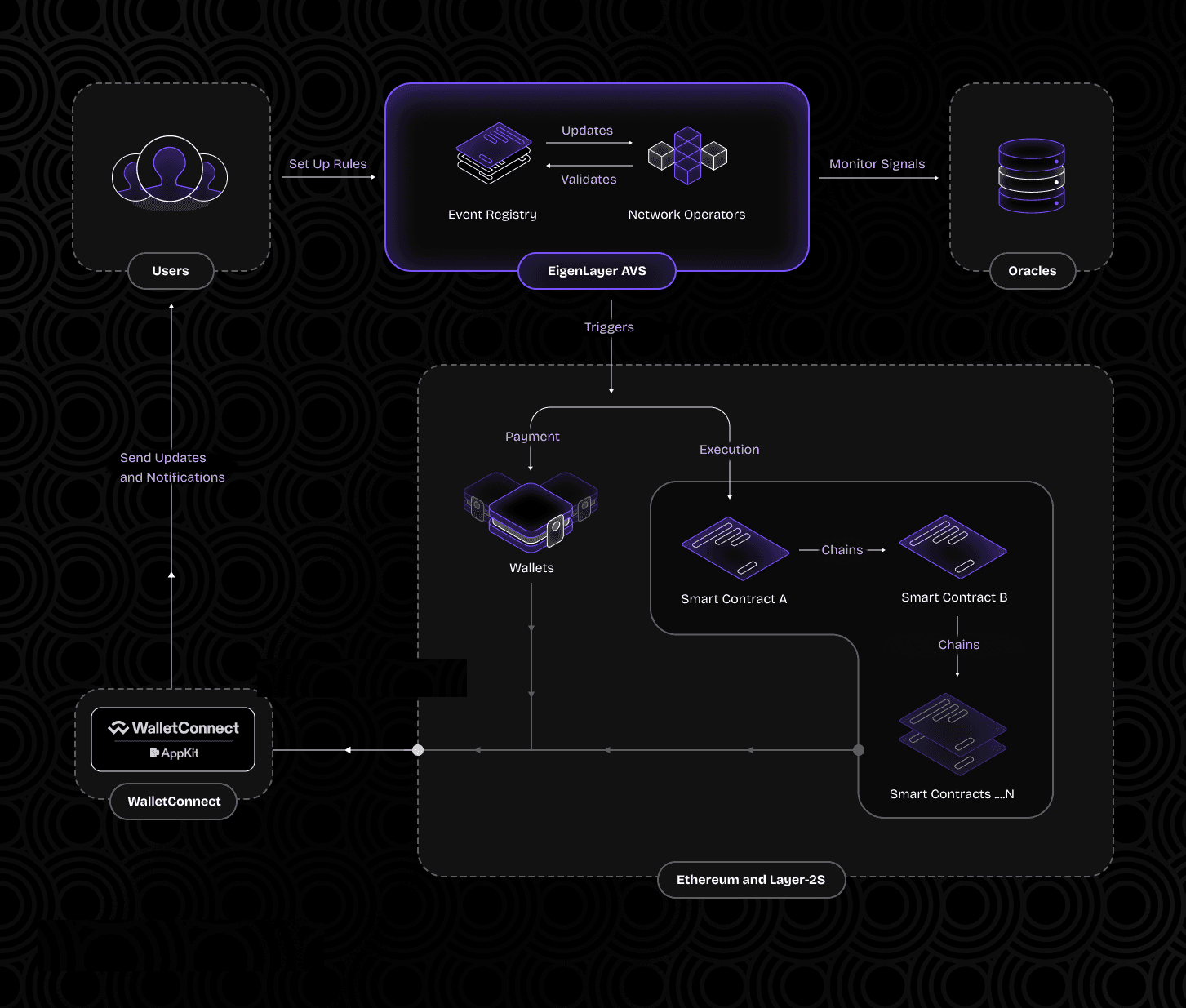
Cryptoeconomic Security via Ethereum Restaking: EigenLayer leverages Ethereum’s robust security by allowing users to restake assets like ETH and Liquid Staking Tokens, ensuring that AI agents operate within a highly secure, decentralized framework.
-
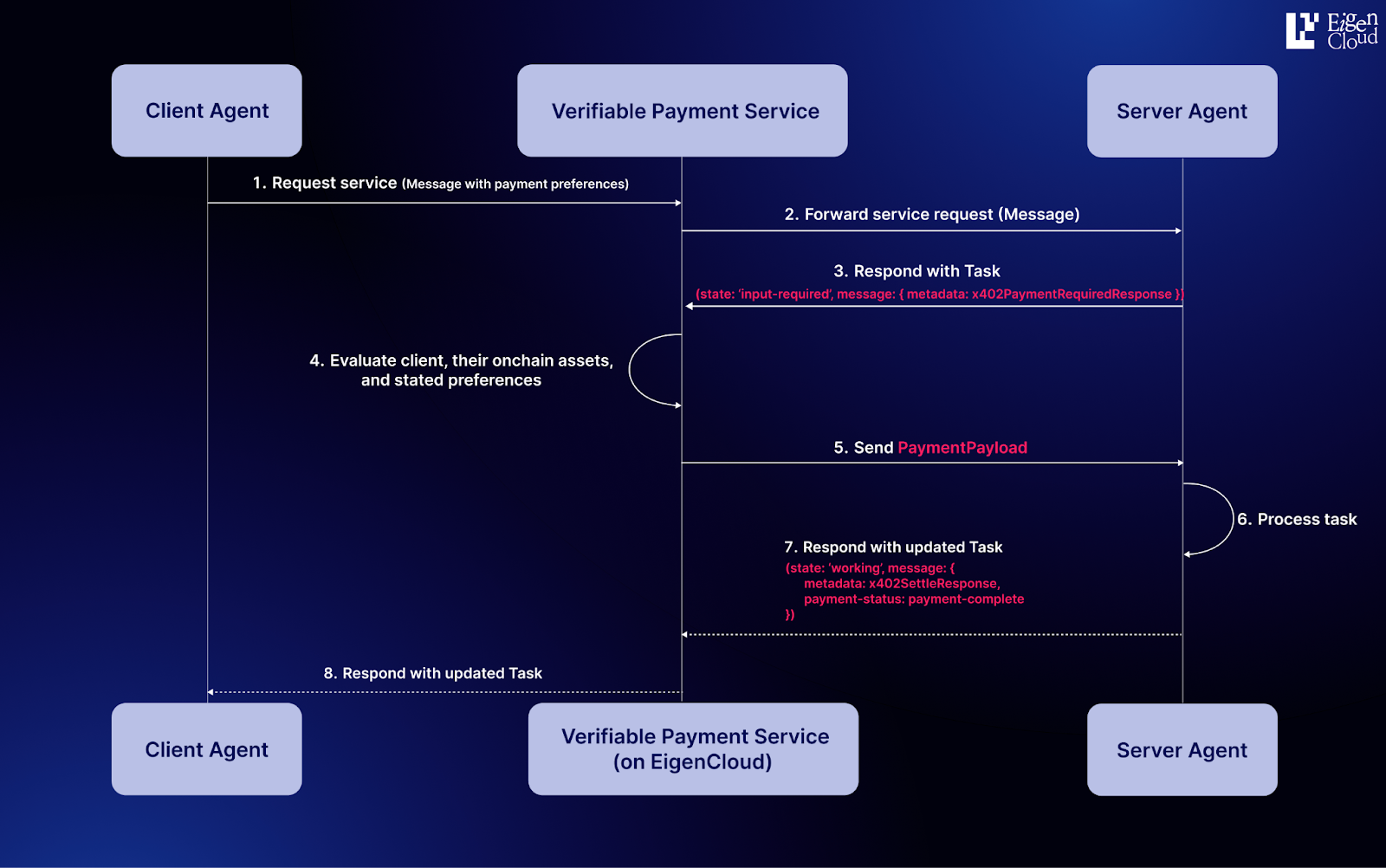
Verifiable Offchain Compute with Cryptographic Proofs: Platforms like EigenCompute enable AI agents to run complex logic offchain and generate cryptographic proofs of their actions, which are independently validated by EigenLayer’s network of operators.
-
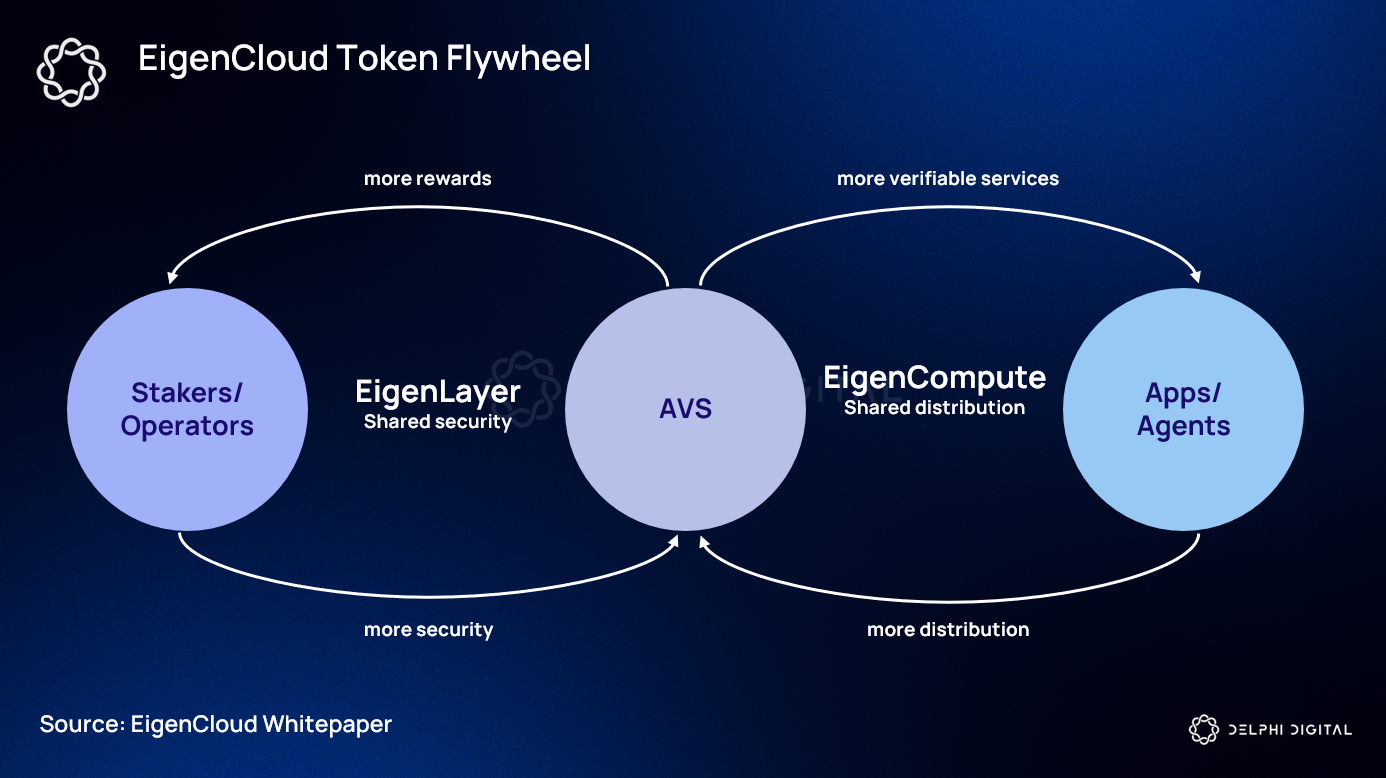
Transparent and Auditable AI Agent Workflows: EigenLayer’s architecture ensures that all agent actions are transparent and auditable, with verifiable workflows accessible through onchain entry points for users and developers.
-
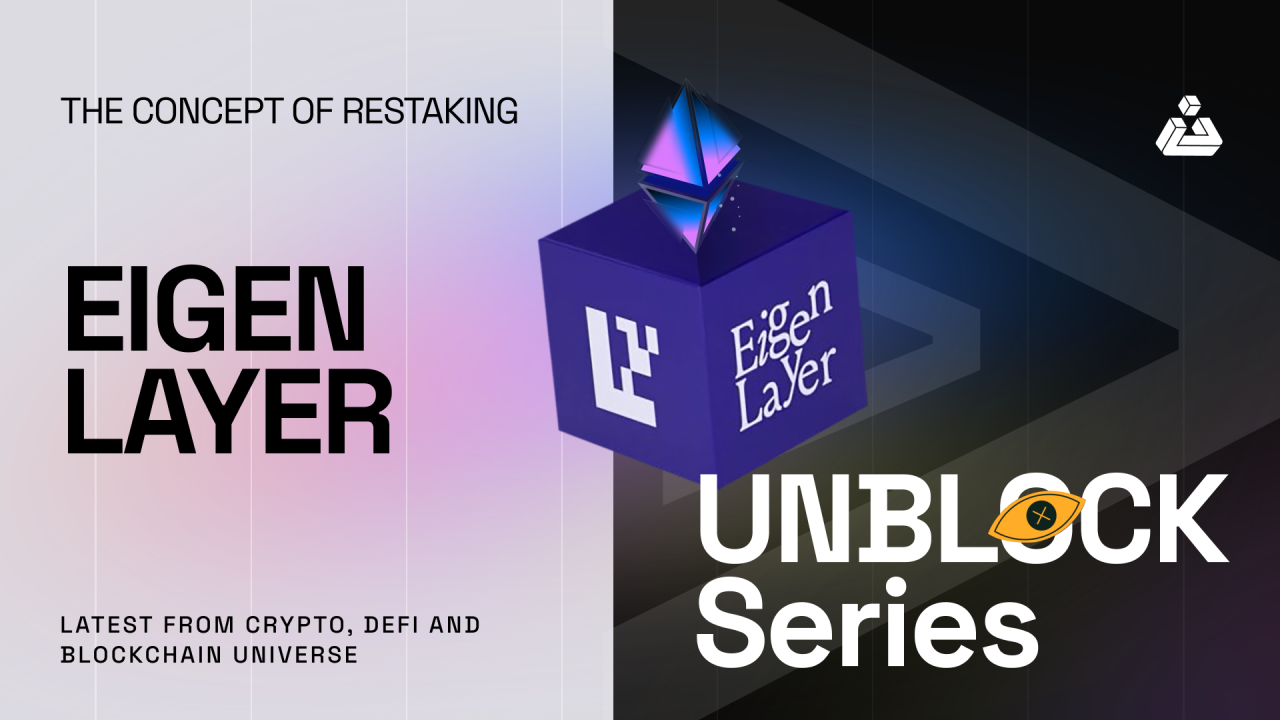
Decentralized Operator Network for Reliable Validation: A global network of restaked operators runs AVS software, performing independent validation of AI agent computations and boosting reliability and trust.
-
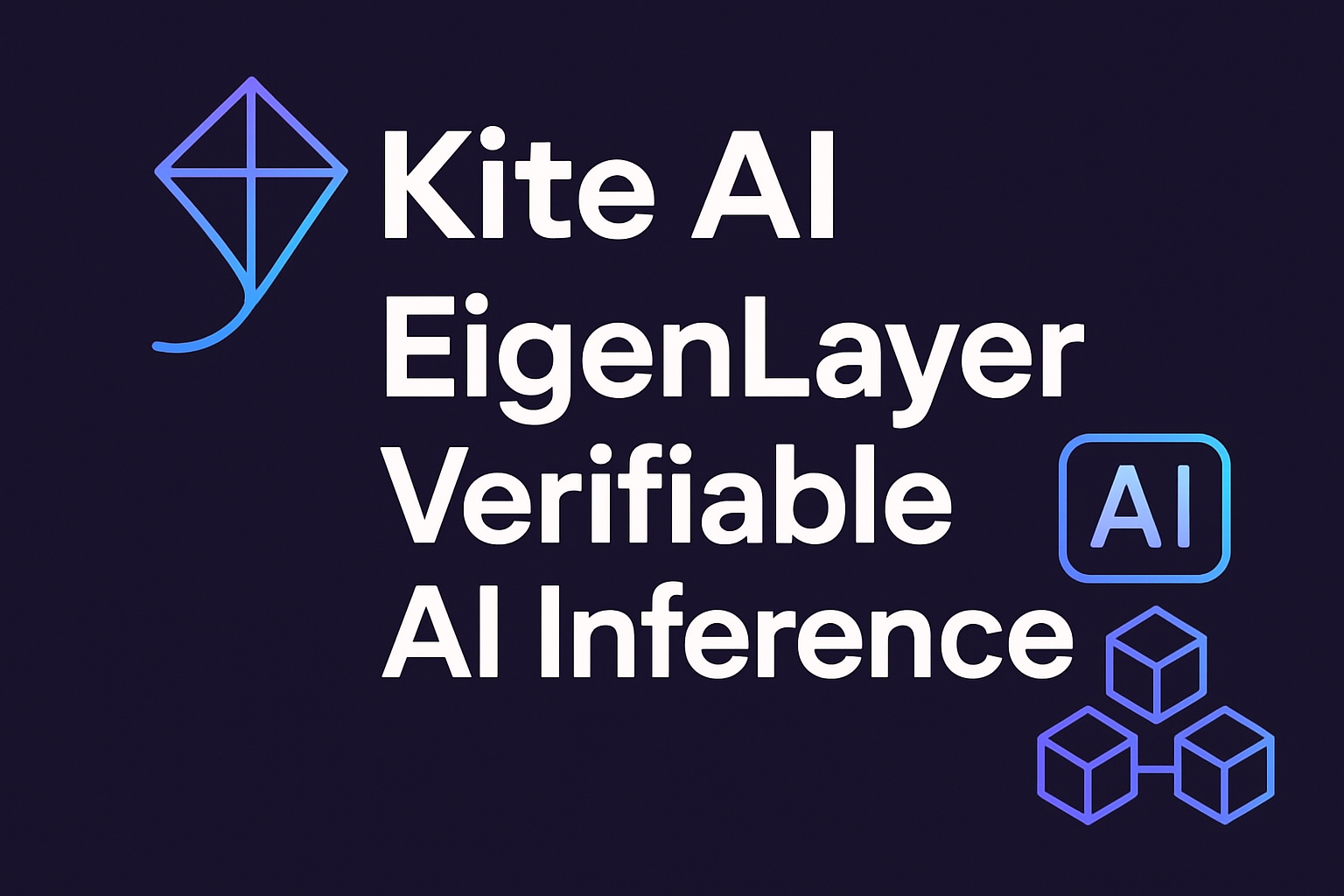
Mitigation of AI Hallucinations and Inference Errors: By making AI inference verifiable and non-deterministic, EigenLayer helps reduce the risk of hallucinations and errors in AI agent outputs, as seen in integrations with Kite AI and Ava Protocol.
-
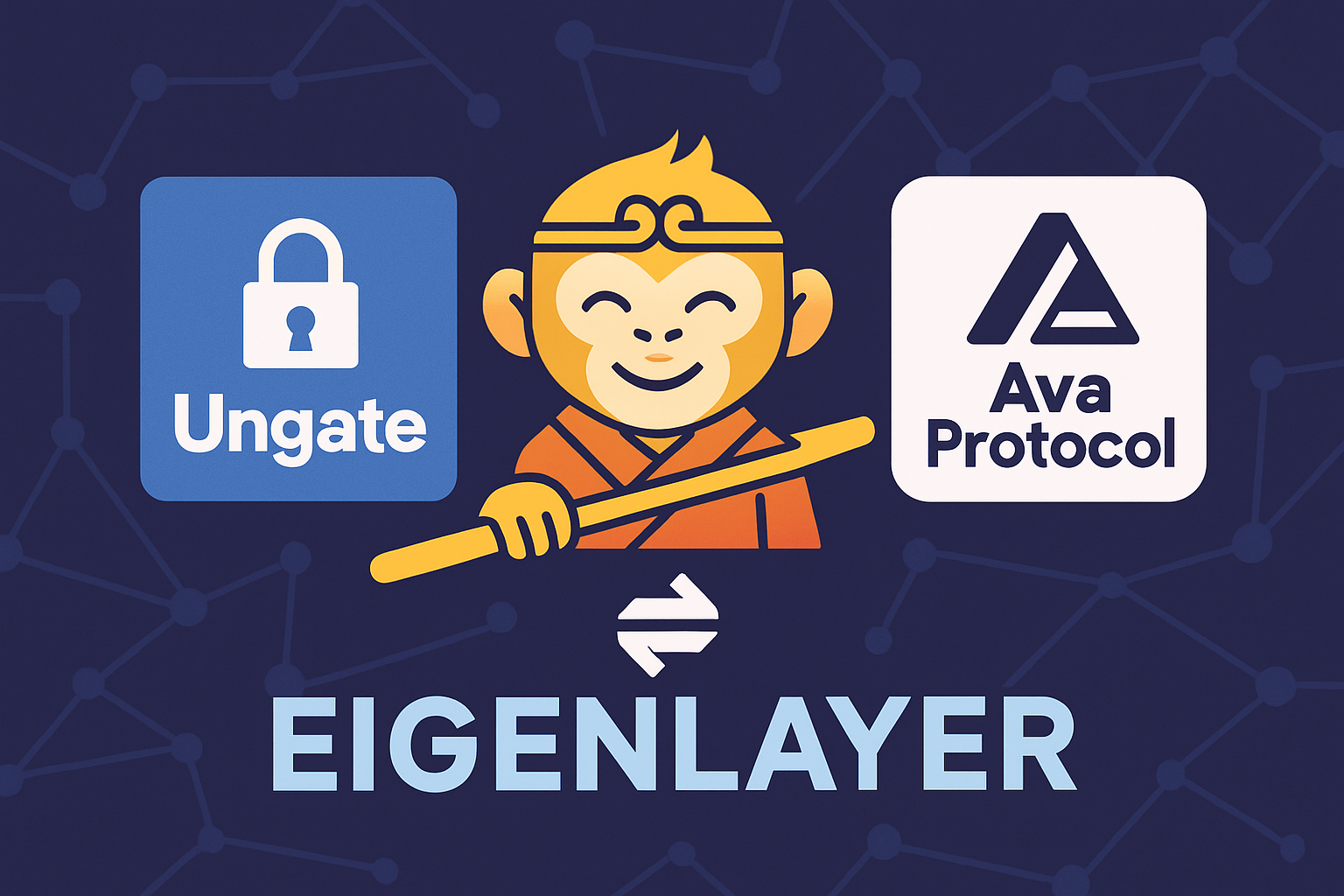
Seamless Integration with Web3 Applications: EigenLayer’s verifiable compute infrastructure supports secure, autonomous agent actions across DeFi, NFT marketplaces, and cross-chain workflows, as demonstrated by partnerships with Ungate Wukong and Ava Protocol.
Emerging use cases underscore this transformation. In decentralized finance, agent-driven arbitrage, liquidation bots, and on-chain credit scoring can operate under transparent rulesets where every step is independently validated. In NFT marketplaces and gaming, provenance of digital assets or in-game actions can be cryptographically anchored to prevent fraud or manipulation. Even in decentralized governance, DAOs can deploy autonomous agents to execute proposals or manage treasuries with auditable accountability, ensuring every stakeholder can verify outcomes without relying on centralized intermediaries.
Security Meets Composability: The Road Ahead for Autonomous AI Agent Economy
The composability enabled by EigenLayer’s restaking architecture is particularly significant. Developers can mix and match AVS modules, such as verifiable random functions (VRFs), data availability layers, oracles, and compute services, to construct sophisticated agent workflows without sacrificing trust. This modularity accelerates innovation while ensuring that each component remains subject to decentralized oversight and slashing conditions.
As more protocols like Ava Protocol and Ungate Wukong adopt this model, we are witnessing the emergence of a robust ecosystem where EigenCloud’s trustless stack becomes the backbone for cross-domain agent collaboration. Notably, as highlighted by recent coverage from SiliconANGLE and Medium analysts, this fusion of cloud-scale computation with Ethereum’s security guarantees is catalyzing entirely new categories of dApps, from on-chain insurance claims processing to automated asset management platforms.
The integration of Trusted Execution Environments (TEEs) further strengthens the verifiability promise. By producing cryptographic attestations that are then checked by restaked validators, TEEs ensure that even non-deterministic or privacy-preserving agent actions remain accountable within a public audit trail. This mitigates risks like AI hallucinations or malicious tampering, key concerns as AI models grow more complex and influential within digital economies.
Looking Forward: A Verifiable Foundation for Decentralized Intelligence
The convergence of EigenLayer verifiable compute, scalable offchain execution via EigenCompute, and cryptoeconomic security through restaking signals a paradigm shift in how Web3 applications harness autonomous intelligence. With every major integration, from Google Cloud’s adoption for payment settlement to Kite AI’s marketplace listings, the boundaries of what is possible continue to expand.
For builders eager to dive deeper into the mechanics behind these innovations or explore hands-on guides for deploying their own verifiable agents on Ethereum using EigenAI/EigenCompute infrastructure, authoritative resources such as this guide provide essential technical detail.
The future belongs to autonomous systems that are not only intelligent but also provably trustworthy at scale. By anchoring agentic logic in a foundation secured by restaked ETH validators, and making every decision auditable via cryptographic proofs, EigenLayer is setting the stage for an open economy where humans and machines collaborate transparently across borders.






